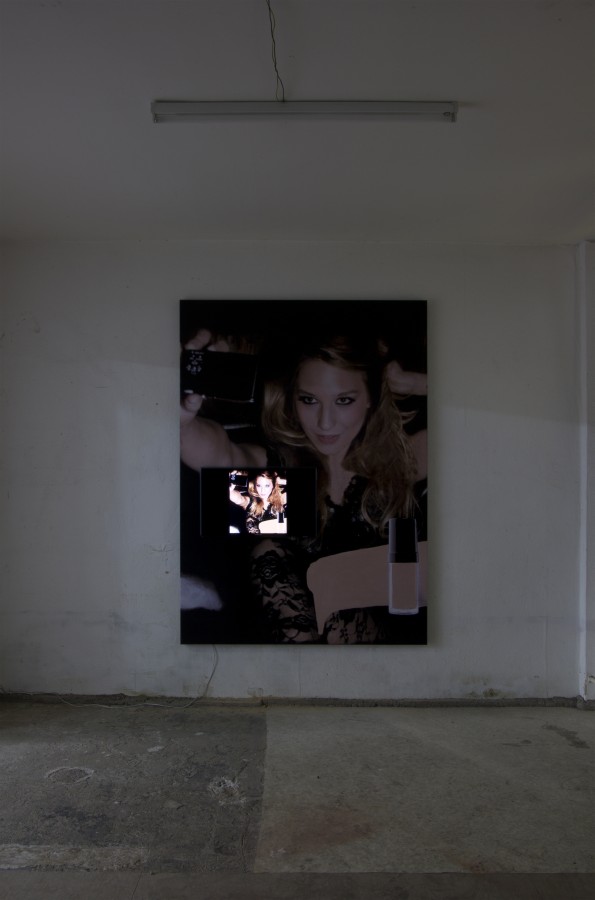Claus Rasmussen
Saturday, 4 May 2013
Claus Rasmussen
Work from his oeuvre.
“With the dominance of mass produced and pre-manufactured goods, measures, rules,and a set of well-defined production standards have become the foundation oftrade and a free market economy. Pre-fabricated garments, furniture or evenhouses are easily and cost-effectively produced – mostly by machines – andconsumed en masse. Rasmussen confronts the accompanying hegemony of standardsand the often problematic relation between these standards and the individualconsumer: why exactly do these products possess a mass appeal? Do we actuallyneed standards by which we can measure and evaluate our lives? Or is it thatsome choices should just be made for us, and standards simply expose a basicneed for simplifying things?
In his installation “The History of the White Shirt”, Rasmussen addresses theiconic value of one of the most standardized and neutral garments. Worn byanyone from service staff to CEO, the white shirt follows a set of strictlydefined production rules like, for example, the position of the pocket andbuttons. However, Rasmussen also hints at both the organic sources on the onehand and the object’s labor value on the other by showing the rest of the fabricused to make the shirt. In doing so, the artist also calls forth both theproduct’s cultural and manufacturing history – a chronology in which standardsand labor part ways
A Marxist reading of the piece would suggest that in regards to labor, the whiteshirt becomes a commodity. A tailored shirt gains its value due to the laborinvested in its production. Furthermore, bespoke tailoring is made to measureand does not subject the body to a universal sizing system. In addition, interms of labor, spare time is a luxury. As if echoing the commodity of time,Rasmussen’s shirt rotates 360° in 60 seconds and exposes the duality in thenature of standards: the metric of a given product represents not only thestatus quo of the consumer, but also his aspirations. Conforming to standardbecomes a class marker in and of itself
The appeal of mass-produced goods is also linked to their affordability. Whenhouses, cars, and new wardrobes purchased each season become accessible to anincreasingly wider audience, a regulated standard of living is born. Rasmussenconfronts not only the fixed standards of living that govern social space, butalso the moral and behavioral standards that go into shaping and defining class.The pre-fabricated house, for example, is not only a standard as a product, butalso as a social achievement. Such houses dominate the landscapes of suburbs theworld over and have come to be imbued with norms of payment, mortgages, and procreation.The number of rooms and standardized kitchen with just enough spacefor default appliances shape family interactions and consumption habits” – Hili Perlson


